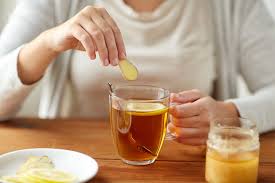A 40-year-old woman has died of H1N1 influenza at Sher-e-Kashmir Institute of Medical Sciences here, making her the fifth victim of the deadly infection this season, even as five more patients are presently being treated at the tertiary-care hospital.
The woman, admitted to SKIMS with respiratory distress, was suffering from H1N1 influenza, a doctor said, quoting the patient’s investigation reports. He said that the woman, a resident of Budgam and an employee with the technical education department suffered acute respiratory distress syndrome and sepsis.
“She had been put on antiviral treatment as soon as her preliminary test reports were received,” the doctor said, adding that the report—confirming that she was infected with the H1N1 influenza—was received after her death last week.
“We put all patients suspected to have influenza on antiviral treatment, as per the guidelines,” another doctor told Kashmir Post.
Medical superintendent SKIMS confirmed that the woman died of H1N1 influenza.
He said that the hospital presently had five patients admitted for treatment of H1N1 influenza. “They are all stable,” he said. “12 patients had tested positive for H1N1 this season.”
Asked about the total number of people who had died of influenza, he said that five deaths attributed to the flu had been recorded at the hospital. However, a source said that at least two more people who had been admitted on short-stay at the hospital had died of H1N1 influenza, taking the total toll of influenza in Kashmir this year to seven.
The first H1N1 influenza death was recorded at SKIMS in the last week of October.
Experts had predicted that cases of influenza in Kashmir would surge as winter approached, and recommended that people must exercise precautions and that high risk groups should be vaccinated.
Head, department of internal medicine at SKIMS and an influenza expert, Prof Parvaiz A Kaul, confirmed that H1N1 was the circulating strain but said other viruses were in co-circulation too. “We are having co-circulation of H1N1 and H2N3 this year,” he said.
H1N1 influenza death toll 5 as another patient dies at SKIMS






